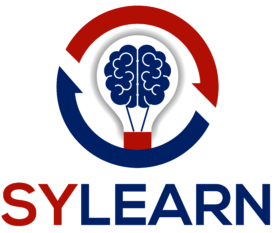CompTIA A+ Certification
Course Objectives
This hands-on course introduces a broad range of basic computer hardware and software topics. It is a valuable industry credential that validates the fundamental level skills and knowledge of computer professionals. Industry and government employers accept A+ as the standard in foundation-level, vendor-neutral computer certification.
| Course Name | Start Date | End Date | Days | Session Dates | Time | Tuition | Hours | Register |
|---|---|---|---|---|---|---|---|---|
| A+ | TBD | TBD | TBD | TBD | TBD | $999.00 | 40 |
Who this course is for
This course is designed for individuals who have some basic computer experience and wish to prepare for introductory roles in the installation, configuration and maintenance of computer hardware, software and networks. Related experience might include familiarity with Microsoft Windows, Microsoft Office and the Internet.
What you’ll learn
CompTIA A+ certified professionals are proven problem solvers. They support today’s core technologies from security to networking to virtualization and more. CompTIA A+ is the industry standard for launching IT careers into today’s digital world.
CompTIA A+ is the only industry recognized credential with performance testing to prove pros can think on their feet to perform critical IT support tasks. It is trusted by employers around the world to identify the go-to person in end point management & technical support roles. CompTIA A+ appears in more tech support job listings than any other IT credential.
The CompTIA A+ Core Series requires candidates to pass two exams: Core 1 (220-1101) and Core 2 (220-1102) covering the following new content, emphasizing the technologies and skills IT pros need to support a hybrid workforce.
- Increased reliance on SaaS applications for remote work
- More on troubleshooting and how to remotely diagnose and correct common software, hardware, or connectivity problems
- Changing core technologies from cloud virtualization and IoT device security to data management and scripting
- Multiple operating systems now encountered by technicians on a regular basis, including the major systems, their use cases, and how to keep them running properly
- Reflects the changing nature of the job role, where many tasks are sent to specialized providers as certified personnel need to assess whether it’s best to fix something on site, or to save time and money by sending proprietary technologies directly to vendors
Course Content Outline
Domain 1: Hardware
Domain 2: Networking
Domain 3: Mobile Devices
Domain 4: Operating Systems
Domain 5: Troubleshooting
Domain 6: Virtualization and Cloud Computing
Domain 7: Software Troubleshooting
Domain 8: Security
Domain 9: Operational Procedures

